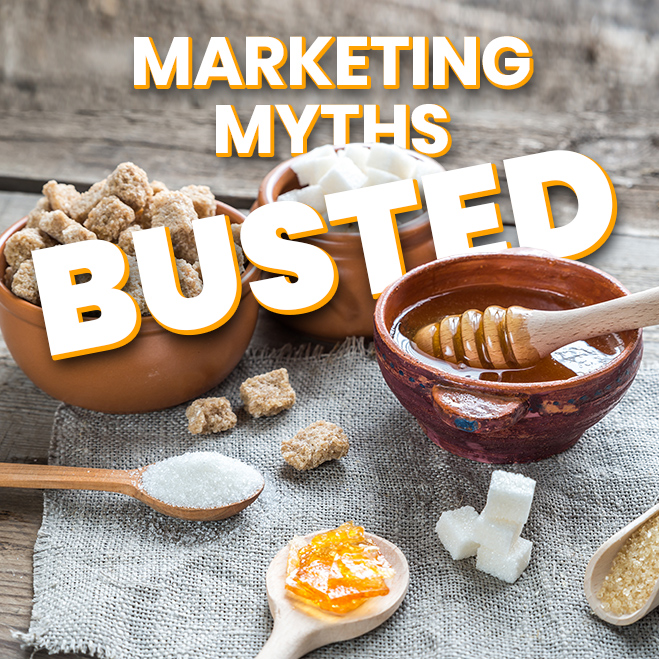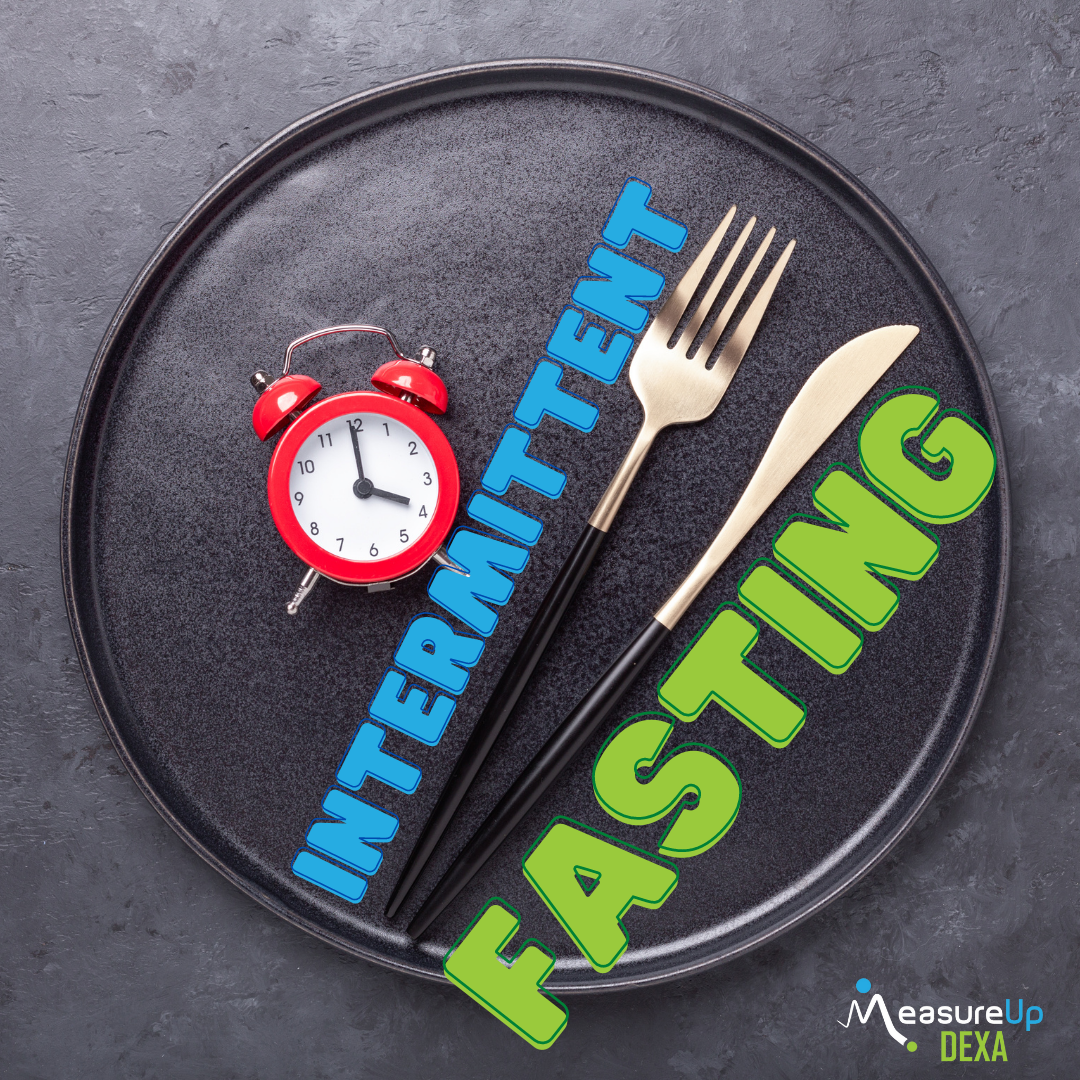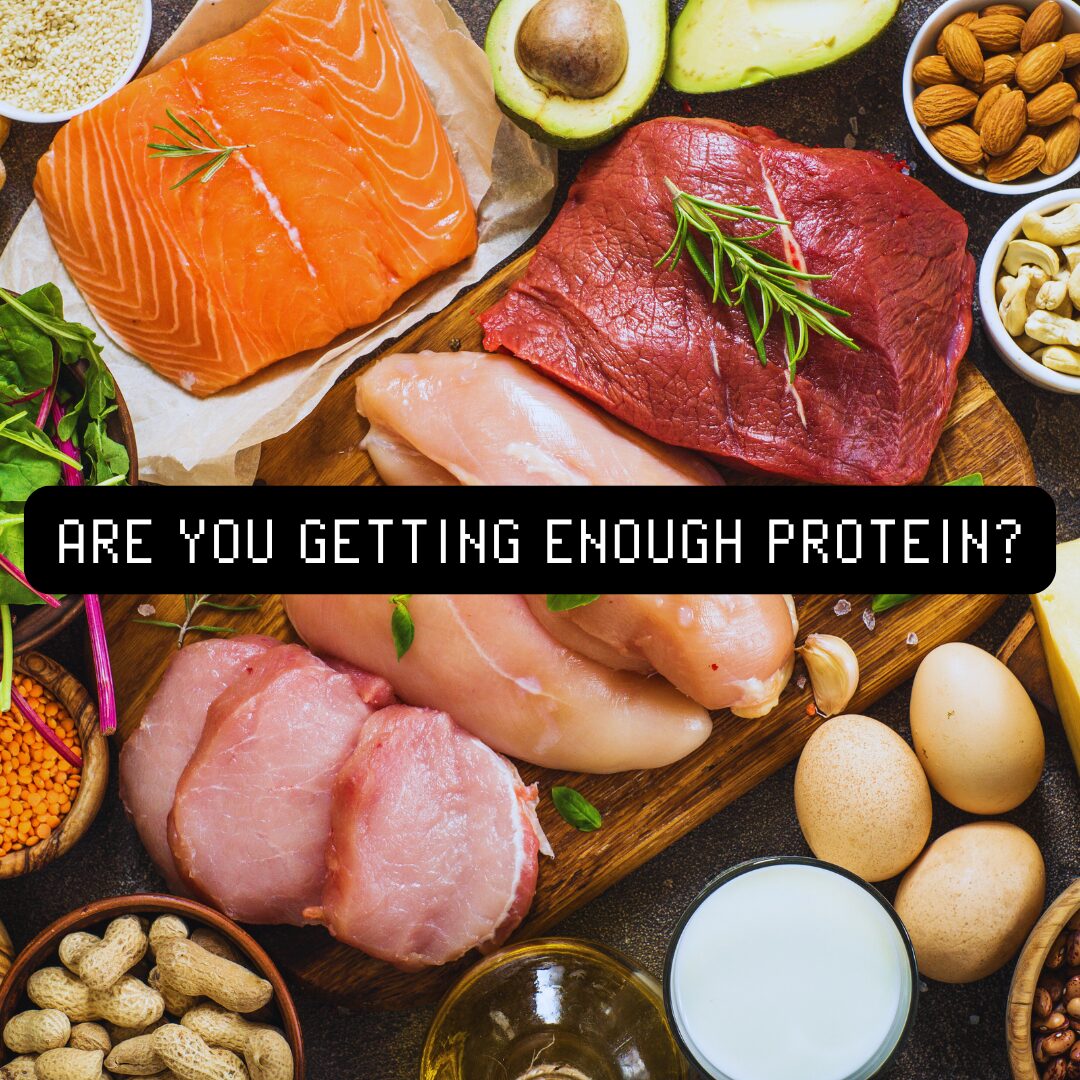It has never been more confusing than in this day and age when it comes to who and what to believe about nutrition and food. In the era of Instagram influencers and Tik Tok trends, the lines between nutritional fact and fiction are becoming more and more blurred. Let’s lift the lid on some of the most common nutrition myths that seem to be most confusing.
- Coconut Oil
There are two major categories of fats – unsaturated (‘good’ – these healthier fats can help reduce your risk of heart disease) and saturated (‘bad’ – these are linked with increased blood cholesterol and increased risk of heart disease). Coconut oil is very energy dense and is made up of approximately 90% saturated fatty acids1-3! One argument for the use of coconut oil is that compared to other saturated fats, it mimics the way unsaturated fats behave in our bodies2, however whilst it does do this to a degree, it also still continues to contribute to the bad fats in the body, much the same as other saturated fats3 by raising total cholesterol and resulting in significantly higher blood lipids1. Overall, consumption of coconut oil can potentially increase the risk of coronary heart disease by contributing to less favourable blood profiles2. There is little evidence to support health-promoting effects from coconut oil. It is best to choose to cook with other plant-based unsaturated oils such as such as avocado, olive, sunflower and safflower oil1-3.
- Organic Produce
There is no significant nutritional difference between organic and conventional foods; both choices provide key nutrients when part of a healthy, balanced diet. Most Australians do not eat enough fruits and vegetables in their diet compared to what is recommended4 (yes yes, the ol’ 2 & 5 is still important!) and so ideally working towards incorporating more of these in general should be everyone’s goal. But whether you choose to buy organic or conventional produce should be an individual choice and down personal preference and whatever fits best within your budget.
- Pink Salt
All salt (whether pink or other) is packed with sodium. In excess, sodium can cause kidney stones, elevated blood pressure and potentially lead to heart failure and increased risk of cancer. Many Australians eat too much salt in their diet4. Though pink salt does in fact contain more minerals than regular salt, recent Australian research5 indicates that you would need to consume over 30 grams (g) before you see any benefit from these additional minerals – noting that the recommendation for salt is currently less than 6 g from all food and beverages per day! Consequently, potential health benefits from the pink salt would be counteracted by the large amount of sodium that would also be consumed. Additionally, some pink salt on Aussie shelves contains non-nutritive minerals (E.G. aluminium, sulphur and lead) and holds the potential for ingestion of contaminants; this needs to be further studied. Therefore, it is best to get these minerals and nutrients from whole foods and limit all salt in the diet as the minerals found in pink salt are quite insignificant in comparison to the overall daily diet. Tips to reduce include using herbs and spices added in cooking instead of salt, ditching the salt shaker (whether that be pink or not) and choosing ‘no added salt’ or ‘salt-reduced’ varieties of products.
- Healthier Sugar Alternatives
White sugar, raw sugar, honey, maple syrup, brown rice syrup, agave, molasses, coconut sugar, cane juice, fruit juice concentrate etc etc… Some forms of sugar may seem more ‘natural’ than others and may therefore be marketed as ‘healthier’; overall, there is minimal difference. Though there are small (but insignificant) differences in micronutrients between them, these still all get processed and treated by the body in the same way. Whether ‘refined’ or ‘unrefined’ the effect it has on our bodies and bloodstream is the same. Unless you have been medically advised otherwise, most people can enjoy added sugar foods in moderation. It is best to reduce the amount of added sugar in your diet regardless and focus on optimising your nutrition without added sugar.
- Gluten Free
Grain-based foods provide a number of vitamins, minerals, fibre, protein and carbohydrates that the body loves for an overall healthy diet. Gluten free products do not automatically mean that they are healthy, it just means that they contain no gluten for those who are sensitive; just like other products, gluten free items can vary in the amount of calories, sugar, fats, saturated fats and other nutrients and additives they contain. If you are gluten free, it is best to always check on the back of the food label in the nutritional panel what items are healthier in order to make more informed choices. Unless you have Coeliac Disease, gluten does not cause inflammation. Going gluten free when we do not need to can often be unnecessary and may lead to avoidance of quality nutritious foods and reduced fibre intake.
- Cutting Carbohydrates
One of the biggest misconceptions around is that you need to cut out carbs to lose weight. Cutting out one whole food group is not sustainable and not recommended. Carbohydrates are our bodies’ main source of energy; they are essential for fuelling both our bodies and our brains! Carbohydrates in the form of wholegrain foods are strongly associated with positive health outcomes such as lower body weight and a smaller waist circumference. Eating wholegrain foods can keep you feeling more satisfied at meals and keep you feeling fuller for longer, something that can be of benefit for those looking to maintain or lose weight. Wholegrain foods also contain a large amount of fibre, which plays a role in helping the good bacteria in our bowels and helps with bowel movements (constipation, diarrhoea and bloating).
- Eating Late at Night
The time on the clock is not the cause of weight gain, it is the choices and quantities of foods that may instead be the issue. Your body does not turn into a weight gaining machine as soon as the time magically hits 7pm or after. Instead, it may be the routine that you are in.
If you have already had dinner, are you starting to feel hungry again? If so, it is best to determine what your reason is for night-time hunger. How long has it been since you last ate? If it has been more than 3-4 hours then it may be best for you to have a little snack. Have you eaten enough throughout the day? Have you incorporated enough protein and carbohydrates throughout the day? If you have not, chances are is that your body is trying to tell you something.
What about how are you feeling? Are you feeling bored? Lonely? Stressed? If so, this may be more emotional eating rather than eating for hunger (“belly hungry” vs. “head hungry”).
A typical routine after dinner comes from watching TV. Unfortunately, distracting advertisements at this time purposely show more food and sweets to encourage us to buy their products, and can persuade us to have food after dinner even when our physical hunger cues say we are not truly hungry. TV time can also put us into more of a mindless eating pattern as we are distracted from listening to our bodies true hunger signals.
My advice is plan food ahead, don’t skip out on balanced meals, find the root cause and remove distractions.
Nutritional and dietary advice for healthy eating has not changed drastically over the years. The main aim of any company’s product, is that they want to sell you their item – and they will try and make up fun and sexy ways to entice you to buy it.
However, if you are ever unsure about what to believe, get in touch with an Accredited Practising Dietitian (like myself) and we will help sort out the fact from the fiction for you.
Isabelle Jardine APD
References:
1Neelakantan N, Seah J.Y.H, van Dam R.M (2020). The effect of coconut oil consumption on cardiovascular risk factors. Circulation. 141(10):803-814. https://doi.org/10.1161/CIRCULATIONAHA.119.043052
2Lockyer & Stanner S (2016). Coconut oil – a nutty idea? Nutrition Bulletin; 41:42-54. https://doi.org/10.1111/nbu.12188
3Eyres L, Eyres M.F, Chisholm A, & Brown, R.C (2016). Coconut oil consumption and cardiovascular risk factors in humans. Nutrition reviews. 74(4):267–280. https://doi.org/10.1093/nutrit/nuw002
4National Health and Medical Research Council (2013). Australian Dietary Guidelines. Australian Government Department of Health and Ageing. Canberra, Australia.
5Fayet-Moore F, Wibisono C, Carr P, et al (2020). An Analysis of the Mineral Composition of Pink Salt Available in Australia. Foods. 9(10):1490. Published 2020 Oct 19. doi:10.3390/foods9101490


